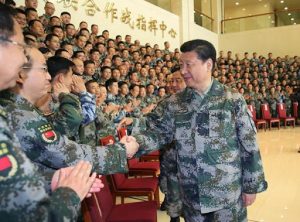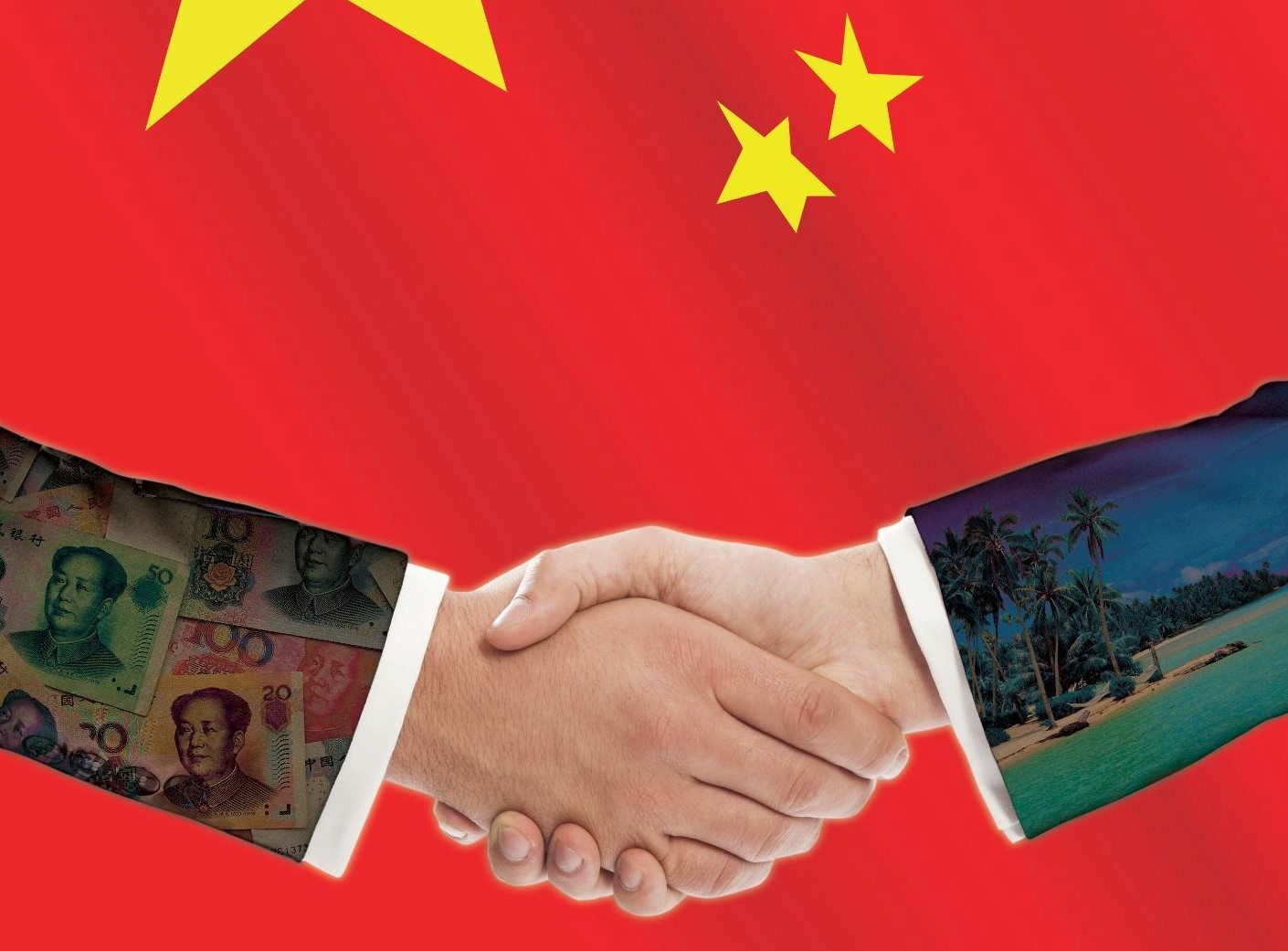Will China Fill the Void Left by US Aid? Sri Lanka and the Future of Soft Diplomacy
As the United States reevaluates its foreign assistance through USAID, questions arise about whether China will step into the resulting vacuum and reshape the geopolitical landscape in Asia. While US aid programmes in the region face an uncertain future, Beijing’s infrastructure-led investments and growing “soft” diplomacy could position China as the leading development partner for many countries, including Sri Lanka.

In Southeast Asia, observers have already noted the waning of US influence amid “chaotic policymaking” and a perceived decline in Washington’s commitment to international engagement. The Belt and Road Initiative (BRI)—China’s flagship global infrastructure project—has made Beijing a highly visible presence, albeit not always a welcome one. While many Southeast Asian nations value the new roads, ports, and high-speed rail lines financed by Chinese loans, critics warn that such projects can saddle recipient nations with burdensome debt, often labelled “debt-trap diplomacy.”
Despite the scale of China’s infrastructure ventures, Beijing’s approach to soft diplomacy—encompassing education, cultural exchange, and health cooperation—has, until recently, been less prominent than its big-ticket development projects. Yet analysts note that China has begun shifting its assistance model to include initiatives in public health, agriculture, and digitisation. Programmes such as the Peace Ark hospital ship have provided medical support, and Confucius Institutes continue to expand Chinese language and cultural outreach. Some experts suggest this evolution is designed to present a friendlier, more holistic image of China, especially as US-funded programmes that traditionally promote democracy, LGBTQ rights, and environmental initiatives face cutbacks.
Sri Lanka, a strategically located island nation in the Indian Ocean, has long been a focal point of China’s ambitions. The development of Hambantota Port and the Colombo Port City project underscores Beijing’s readiness to invest heavily in Sri Lanka’s infrastructure. Although these ventures promise significant economic gains, they have also stoked fears about the potential for unsustainable debt and over-reliance on Chinese financing. Amid Sri Lanka’s ongoing economic challenges, many local observers wonder whether diminishing US aid could deepen the country’s dependence on Beijing.

Even so, China’s capacity to replace the United States in full is not without limits. Slowing economic growth, high youth unemployment, and internal financial strains in China have led to reduced funding for large-scale infrastructure projects. In fact, Beijing’s development assistance to Southeast Asia has dropped from a high of about $10bn in 2017 to $3bn in 2022, according to data from the Lowy Institute. Moreover, public sentiment towards Chinese investments remains mixed. Many Southeast Asians view China as the most influential economic power in the region, yet a substantial portion distrusts Beijing’s motives and fears economic or military coercion.
For now, countries like Sri Lanka and others across Asia appear inclined to pursue a diversified approach to development assistance, seeking support from multiple sources rather than relying on any single donor. While China’s expanded presence could fill certain gaps, experts caution that Beijing may not be interested in taking on the full spectrum of US-funded programmes—particularly those aimed at governance and social reforms.
Ultimately, whether China can—or will—supplant US aid in Sri Lanka and beyond depends on a host of variables, including China’s domestic priorities and regional appetite for Chinese-led development. As both Washington and Beijing redefine their global engagement strategies, Asian nations must weigh the benefits of infrastructure investment against potential debt, balancing immediate economic needs with long-term sovereignty and sustainability
.Ravindra Lochana








